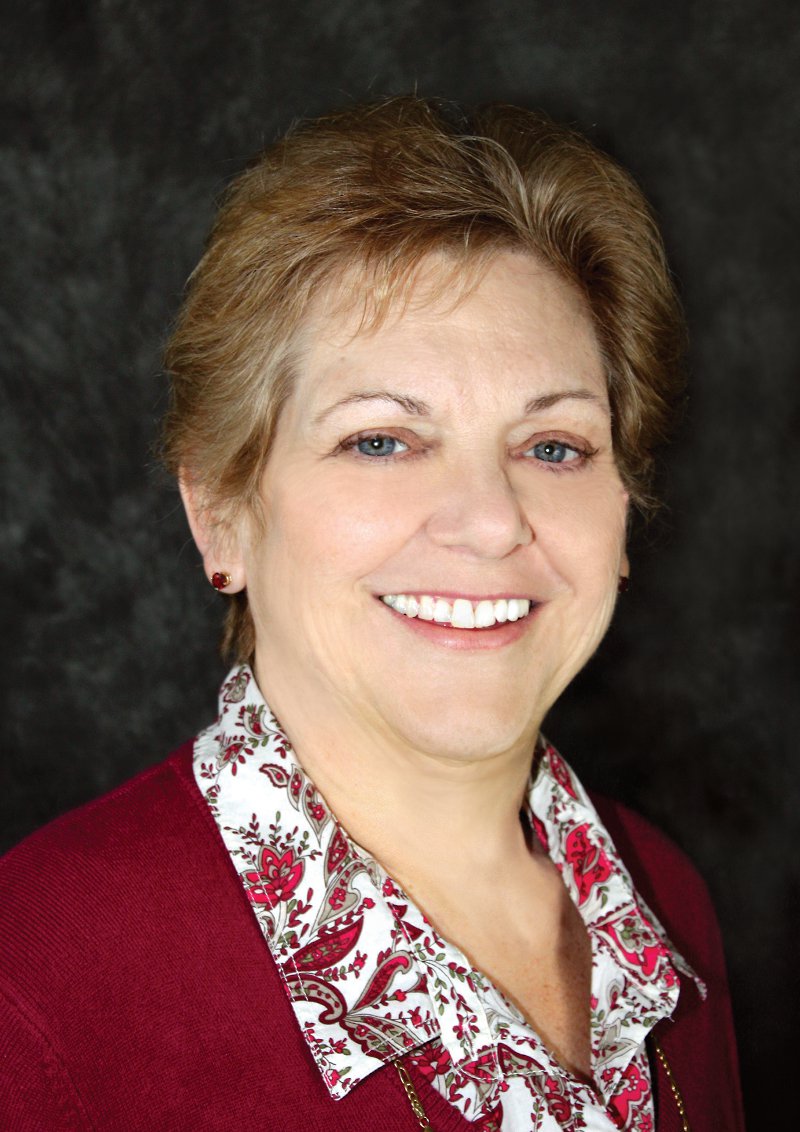Much of the press on health insurance exchanges, which will open Oct. 1 under the Patient Protection and Affordable Care Act, have focused on which insurers are opting out, how many people will enroll and what the costs will be. What has not received much attention is a requirement that hospitals with more than 50 beds that want to contract with a health plan in the exchanges must participate in a patient safety organization and establish a patient safety evaluation system. Here, Barbara G. Rebold, RN, director of PSO Operations and of INsight Assessment Services at ECRI Institute, shares tips on how hospitals can get started with PSO participation.
 Question: What steps should hospitals that do not currently participate in a patient safety organization take to meet the PSO requirement, and when should they begin?
Question: What steps should hospitals that do not currently participate in a patient safety organization take to meet the PSO requirement, and when should they begin?
Ms. Rebold: Hospitals should review the Affordable Care Act requirements and, if applicable, establish plans for joining a PSO. ACA mandates participation in a PSO by hospitals with greater than 50 beds in order to contract with a qualified health plan that is part of a health insurance marketplace (also known as health insurance exchanges). Hospitals pursuing participation in a PSO should inform their chief financial officer, chief operating officer, chief executives, chief patient safety officer, risk and quality leaders and directors of managed care contracting of the ACA requirement and include them and other stakeholders in the plan to join a PSO.
Hospitals should review their budgets and carefully review their contracts with managed care organizations and insurers to ensure that the ACA timeline, budget deadlines and insurer contracting requirements are met. The ACA deadline may seem some time away, but in order to get the funding into budgets and contracts in place in time to meet the deadline, planning and preparation are necessary now. We understand that the Pennsylvania Patient Safety Authority is planning to seek an exception to this requirement since they already act similar to a highly effective, statewide patient safety organization. ECRI Institute is the contractor for much of the work of the Authority.
Q: What are the central components of a patient safety evaluation system?
BR: A PSES is a process or virtual space where patient safety and quality improvement information called patient safety work product is processed, communicated, analyzed and deliberated on for reporting to a PSO. Determining what information is considered patient safety work product and will be considered included in the PSES is the central component of a PSES. The ACA requirement states that a hospital with greater than 50 beds can only participate in an insurance exchange if the hospital has a PSES in place as of January 2015. The elements of a PSES are described in the Patient Safety and Quality Improvement Act and PSO rules and regulations.
Q: How should hospitals create a PSES?
BR: Establishing a PSES can be as simple as reviewing the existing patient safety and quality programs and determining the extent to which components of those programs should be included. Hospitals should take inventory of all sources of patient safety and quality improvement information and consider if that information will be included in the PSES for reporting to a PSO. Hospitals should work with their PSO to establish a PSES. ECRI Institute PSO has created a "PSES Pathway" to help our members establish their PSESs.
Q: How can hospitals optimize their participation in a PSO?
BR: The key to participation in a PSO is the sharing so that all can learn from each other's events and best practices. Providers participating in a PSO must actively share their information to get the most out of a PSO. PSOs then aggregate and analyze information shared by their members and provide learning through various mechanisms, such as advisories, education and training programs, research, toolkits and collaboratives.
Q: What are the greatest challenges to participation in a PSO, and how can hospitals overcome these challenges?
BR: PSO participation is no greater a challenge than other programs and services encountered by hospitals. Hospitals have many competing priorities and external demands that must be balanced. PSO participation requires that [providers] set up their PSES and share their information. Sharing the information may require some technical assistance in order to provide the information from the provider's systems to the PSO's systems. ECRI Institute PSO has worked successfully with various provider systems to transfer information from their existing systems.
More Articles on Patient Safety Organizations:
3 Florida Health System CEOs Share Quality Improvement Lessons
10 Keys to Sterilizing Surgical Instruments From ECRI Institute
Patient Safety Tool: Leadership Checklist for Patient Safety Organization Participation

